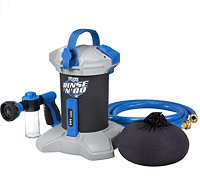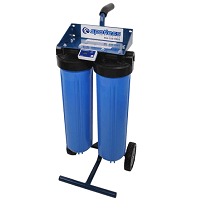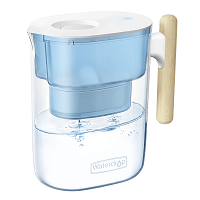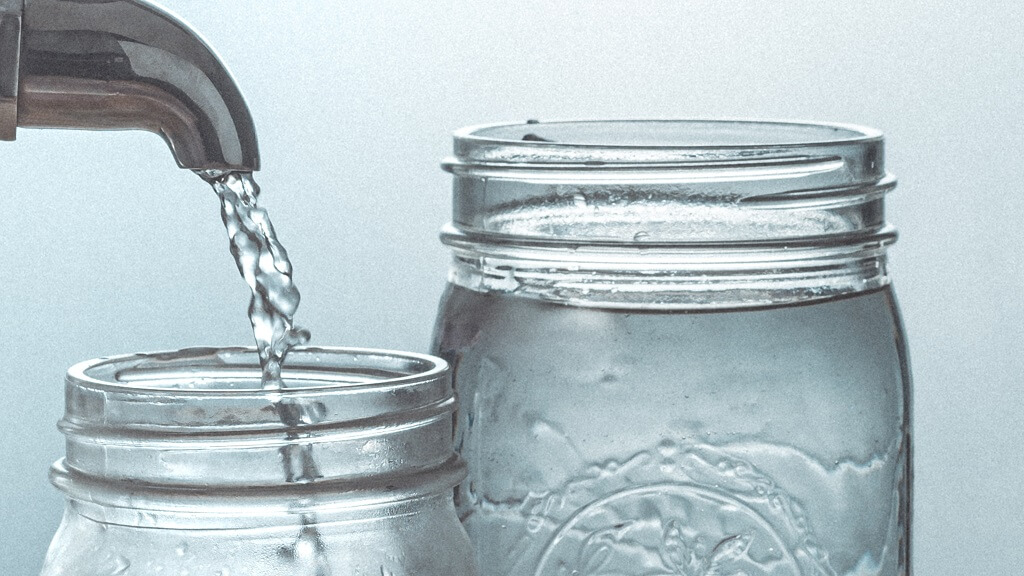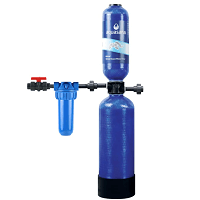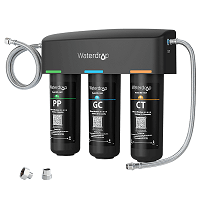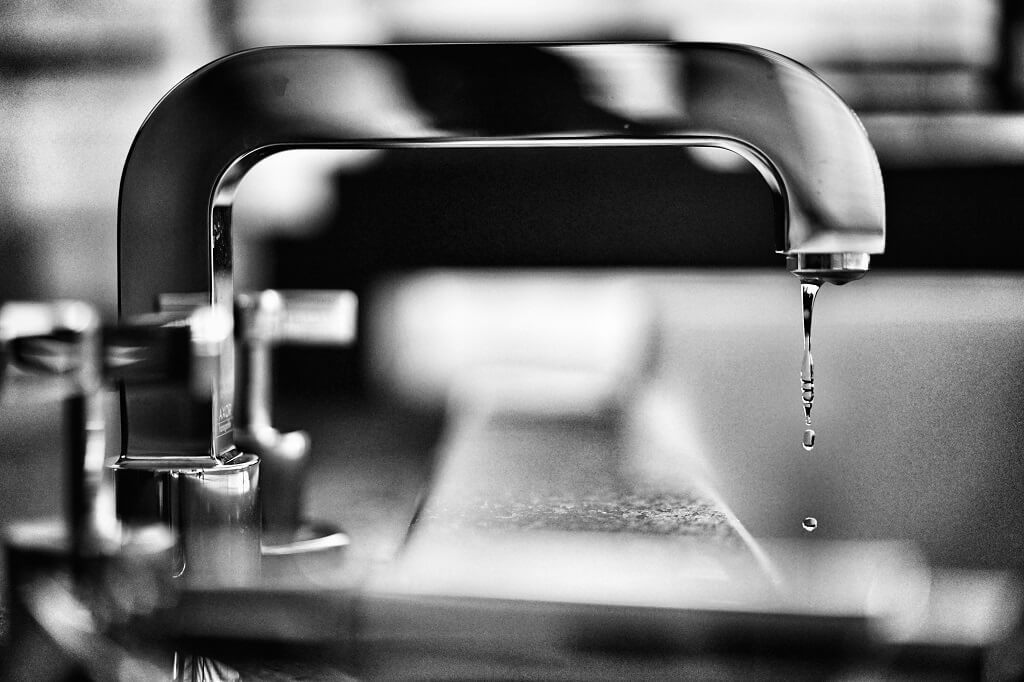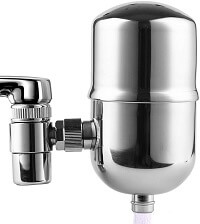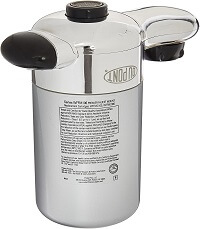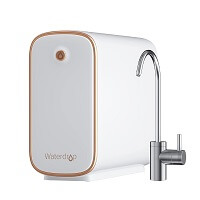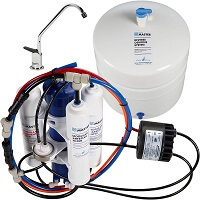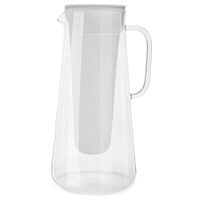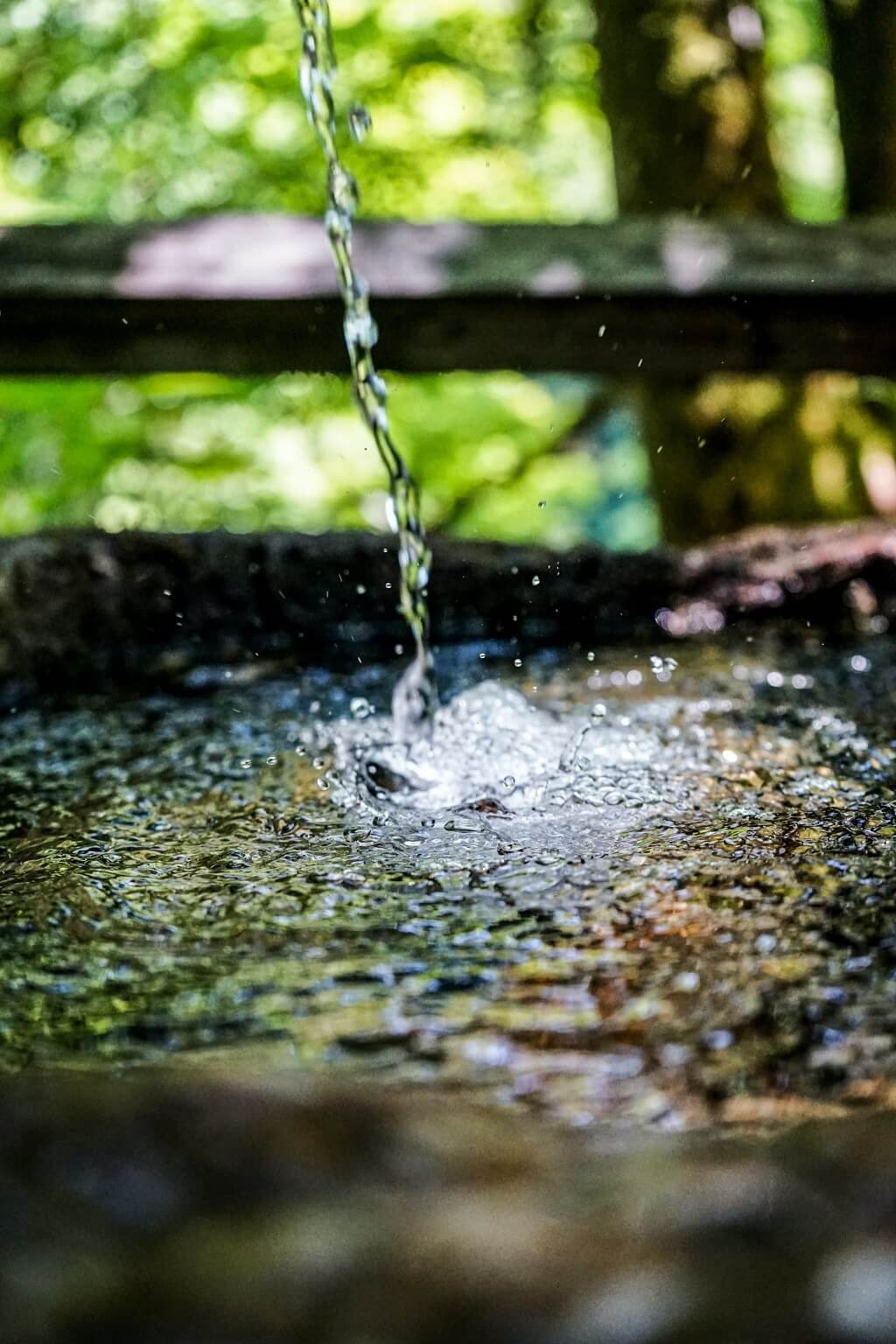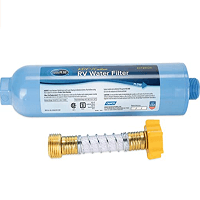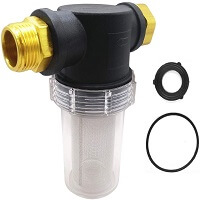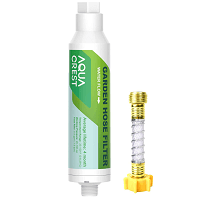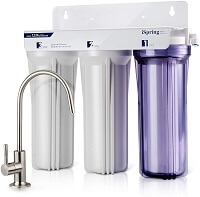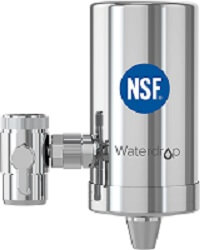The National Sanitation Foundation (NSF) International Certifications
are not entirely new, especially regarding water filters and similar products. However, only a few people
understand how they work and why they are necessary. This is why we have prepared this blog to answer all the
questions you may know about NSF certifications and listings.
NSF International was founded in 1944
as a not-for-profit corporation saddled with the responsibility of promoting good sanitation. It pursues this
aim by combining experts in public health, sanitation, and manufacturing, from the public, academic,
manufacturing, and government sectors to collectively develop and enforce performance standards for products
directly linked to sanitation and public health. NSF has several well-equipped laboratories where it tests
products to verify if they meet the set standards.
NSF receives products from manufacturers for standard evaluations. Only
products that pass these evaluations are "listed" and "certified" for certain tests. After a successful review,
the NSI authorizes manufacturers to put the NSF/ANSI seal on the labels of these products. Despite being a
non-governmental body, the NSF International has a contract with the United States Environmental Protection Agency, which confers an official
recognition as a reputable agency for assessing and approving chemicals and materials used in water treatment
plants and drinking water systems.
The American National Standards Institute
(ANSI) and the Dutch Council for Certification
(RVC) recognize the NSF International standards. The ANSI was founded in 1981 as a private, non-profit organization with the vision to improve "the global competitiveness of U.S. business and the American quality of life by promoting and facilitating voluntary consensus standards."
The NSF International is one of the most reputable public agencies in the world. It is well-known for its credibility, independence, and competence in discharging its duties. The corporation is currently a registrar for the International Standards Organization
(ISO) and a World Health Organization
(WHO) Collaborating Center for Water Safety and Treatment.
Customers benefit from the protection NSF standards offer. NSF-certified products are generally considered safer and more reliable, with no risk of causing serious health concerns or a negative customer experience. Customers can rest assured they are purchasing the best quality products that will perform as advertised.
The NSF/ANSI seal on products usually includes a number representing the category of filtration performance it has been tested to provide. The "ANSI" part represents the American National Standards Institute. Both the ANSI and NSF have instituted multiple processes to ensure transparency and objectivity in their assessment. They work closely with a vast network of members from diverse sectors of the society to create standards for filters and other water products. The NSF/ANSI team comprises academics, consumers, environmental associations, government entities, industry representatives, public health officials, and private citizens.
We currently have two NSF International/ANSI Standards for "Drinking Water Treatment Units." However, these do not include the other standards for ultra-violet, ion exchange, and reverse osmosis units. The first is Standard 42 for Aesthetic Effects and the second Standard 53 for Health Effects. Both are similar, especially in terms of requirements.
Whenever a manufacturer claims that a water filter is NSF-listed or NSF-certified, it essentially implies that;
- The construction process is standardized and have been tested and confirmed to;
- Use acceptable water treatment media and methods.
- Adopt safe, tested, and documented construction materials.
- Adhere to the basic standards of hydraulic and mechanical strength.
- Adhere to minimum standards of hydraulic functioning, including considerable freedom from dumping and channeling, maximum initial pressure drop, and minimum flow rate.
- The product has been properly advertised and labeled.
- The product has been re-tested, with the manufacturing procedures, facilities, and documentations subjected to manual audition;
- The product has been tested and approved for a certain function(s), which can be found next to the NSF International seal on the product labels and literature.
For example, if a water filter has a Standard 42 (aesthetic effects) certification, it means it has been designed to reduce non-health-released contaminants, including particulates, odor, taste, and chlorine.
The classes for taste and odor are represented by the chlorine reduction efficiency as shown below;
- Class I – Reduces not less than 75% chlorine
- Class II – Reduces up to 50% chlorine
- Class III – Reduces up to 25% chlorine
When it comes to mechanical filtration, the classes are represented by the particle size ranges the filters can reduce with a minimum of 85% efficiency:
- Class I – Reduces 0.5-1 microns-sized particles
- Class II – Reduces 1-5 microns-sized particles
- Class III – Reduces 5-15 microns-sized particles
- Class IV – Reduces 15-30 microns-sized particles
- Class V – Reduces 30-50 microns-sized particles
- Class VI – Reduces 50+ microns-sized particles
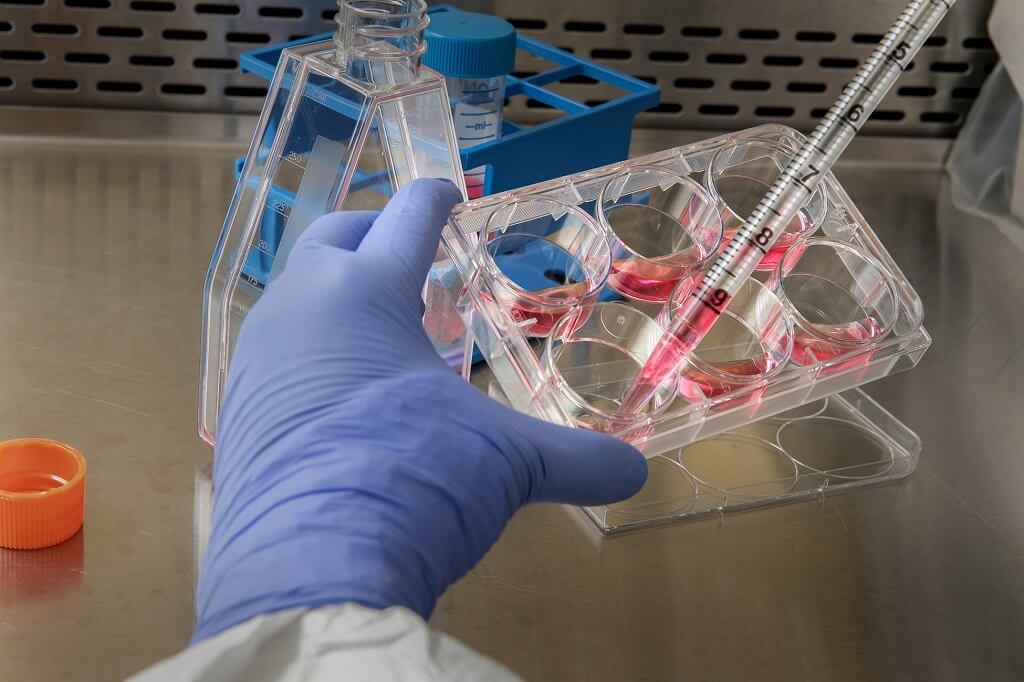
NB – The fact that a product belongs to Class I or Class II doesn't make it automatically effective against cysts. A water filter will only reduce cyst if it has a 99.95% minimum filtration efficiency for 3–4-micron test dust particles, 3.000-micron micro-spheres, or live cryptosporidium oocysts.
If a water filter has a Standard 53 certification for health effects, it is effective against health-related contaminants often found in public or private drinking water. Such filters can help you reduce the exposure of your water to particulate, chemical, or microbiological contaminants that may cause adverse health effects. These filter types are ideal for well water filtration.
There are filters with both Standard 42 and 53 certifications, meeting health-related and aesthetic claims, such as Waterdrop G3 reverse osmosis water filtration system.
The first thing to consider in the comparison of water treatment technologies and products is the NSF certification. The certification shows that the product has been subjected to an independent, third-party check that confirmed it works as advertised. This can give consumers a certain level of confidence that they are getting a good and reliable product. NSF certifications also make it easier to compare drinking water systems and solutions, considering that almost all the options in the market have undergone and passed these tests.
It is easy to confirm that a product is NSF-certified: just check for the NSF certification seal on the packaging and/or proceed to the NSF official website (www.nsf.org) to confirm that the product has been certified by the NSF as the manufacturer claims.






